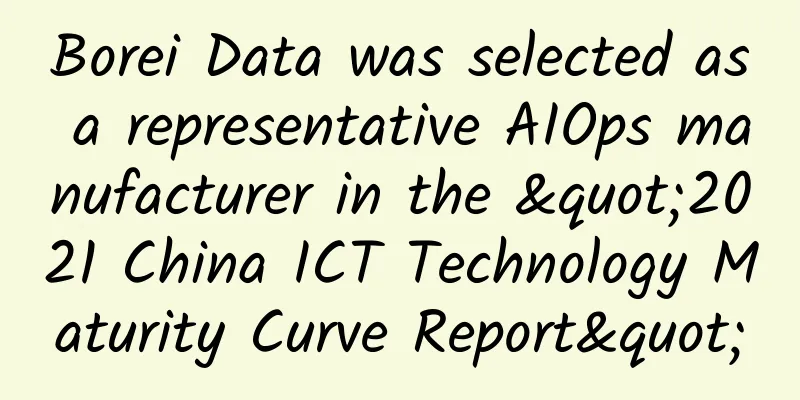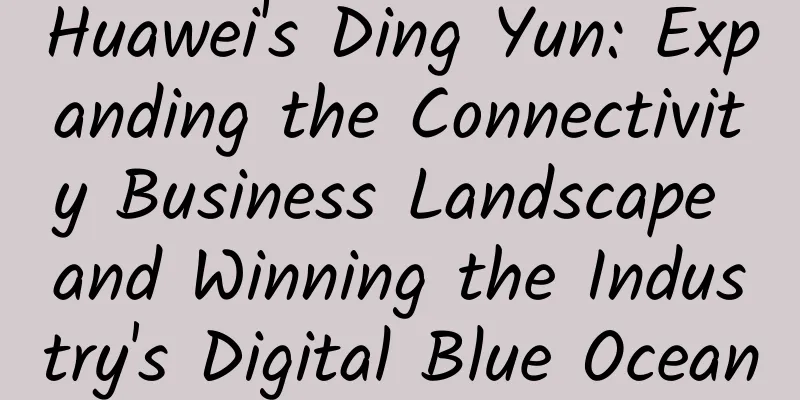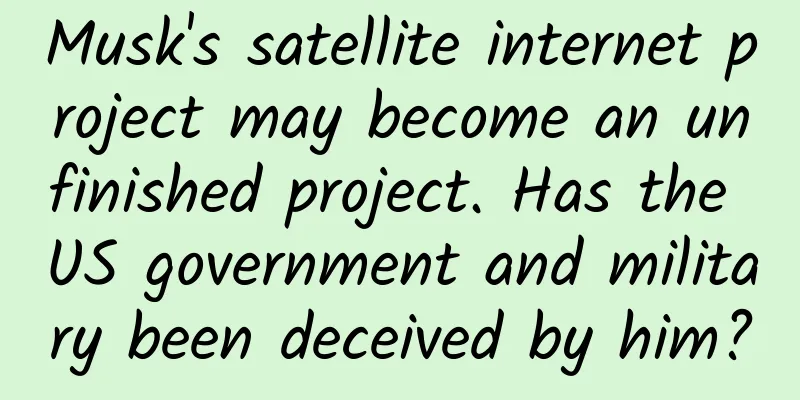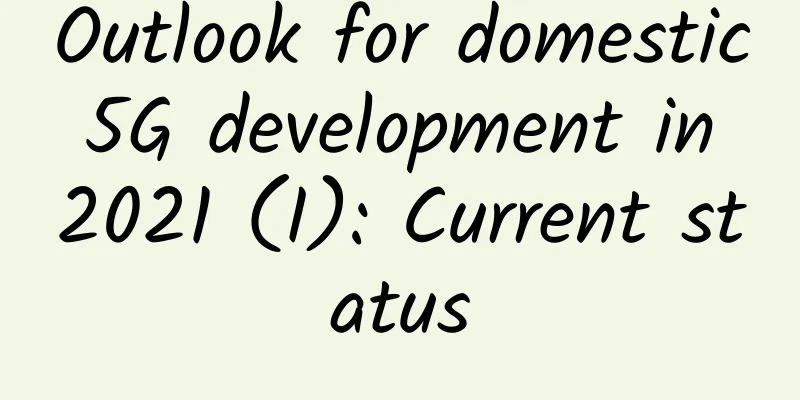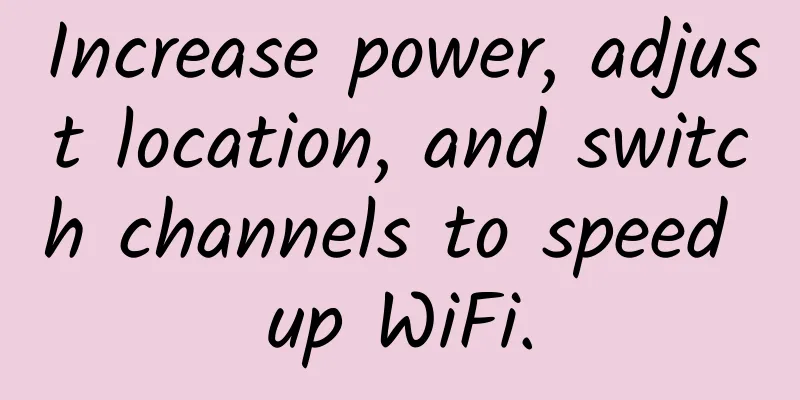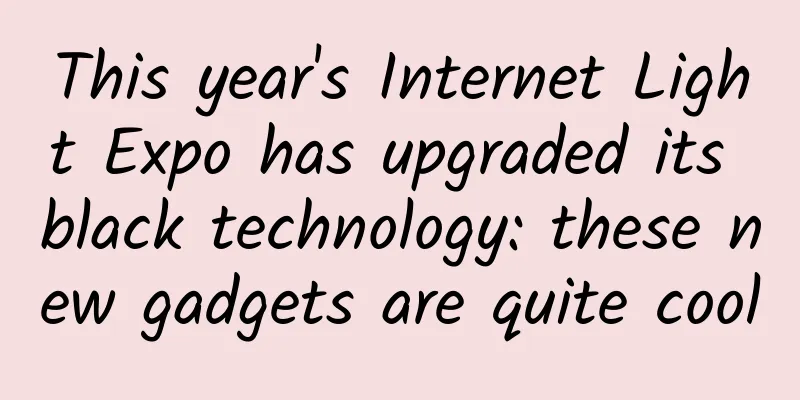Making cities smarter! Huawei's smart city nervous system demonstrates stronger capabilities from bottom to top
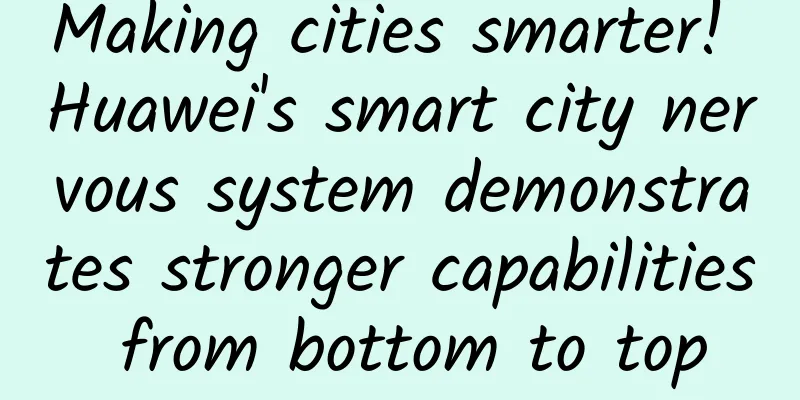
|
[51CTO.com original article] On the morning of August 21, the opening ceremony of the 2018 (4th) China Smart City International Expo was grandly opened at the Shenzhen Convention and Exhibition Center. More than 1,500 local government leaders, entrepreneurs and representatives of international organizations gathered together to help smart cities achieve new upgrades and new leaps in the new era. Huawei was also invited to participate in the conference. With the theme of "New ICT, Building the Nervous System of Smart Cities", it worked with smart city partners to jointly showcase innovative and leading smart city solutions and share rich practical experience. During the three-day conference, the reporter first visited Huawei's theme exhibition hall, and later attended the 2018 China Smart City (International) Innovation Forum. He also interviewed Yang Ping, Vice President of Huawei EBG China, Zhang Yande, President of Huawei EBG China Smart City Business Department, Yao Jiankui, Chief Engineer of Huawei EBG China Smart City, and Li Jin, Chief Operating Officer of Softcom Smart Technology Co., Ltd., to fully understand the strategy, positioning and unique value of Huawei and its partners in helping cities' digital transformation. Huawei's "Smart Practice" The reporter believes that Huawei's positioning in smart cities is very clear, which is to build the nervous system of smart cities and be the enabler and promoter of smart cities. If it were a few years ago, it might be difficult to describe the specific scenario in the brain when hearing such a positioning. However, after visiting the Huawei booth, the reporter had to admit that Huawei has made extremely detailed annotations for its own positioning, from the application cases of "one city, one policy" from first- and second-tier cities to prefecture-level cities, districts and counties, from the opening of capabilities such as IOC, OpenLab industry solution incubator to fertile digital platform, from ecological partners to many attempts and practices of industry joint innovation, Huawei has made the nervous system of smart cities sharp and flexible, constantly stimulating the smart upgrade of the city's "brain". Let’s take a look at what Huawei has done in cities across China: In Yiyang, local fishermen place smart sensors in fish ponds. The sensors can monitor key information such as oxygen, water quality, and fish density in real time. If the oxygen is low, the sensor uploads the data to the cloud and issues a command to start the oxygen pump without human intervention. In tea plantations, we help tea farmers install multiple smart sensors to transmit data such as soil moisture, trace element detection, and pollutant monitoring for relevant agricultural institutions to make decisions and judgments. If they encounter planting problems, tea farmers can also directly connect to experts for consultation through mobile phone APP. In Shenzhen, the traffic police department cooperated with Huawei to collect all the road traffic data, perceive the most real-time and accurate traffic information at the intersection, and adjust the control strategy of traffic lights in real time through artificial intelligence algorithms. In other words, in the past, "cars looked at the lights" and the number of seconds was counted before passing, but now "lights look at cars" and the number of cars is counted before passing, which has increased the average speed by 15%. In Lanzhou, the construction of the new district faces five major development challenges: insufficient industries, fragile ecology, insufficient resources, limited finances, and weak innovation. Huawei adheres to the principle of "using technology to support innovation and using wisdom to promote development" and uses smart solutions to enhance industries, balance resources, protect the ecology, concentrate finances, and achieve innovation, ultimately improving the quality of development, management efficiency, and service levels. In Gaoqing, there are more than 800 traditional mechanical water meters in 767 natural villages. When water meter reading is needed, the water company needs to dispatch two vehicles with five or six people to travel more than 500 kilometers and take ten days to half a month to complete. With Huawei's eLTE private network, the water company only needs to slightly modify the original water meters. Not only can it read meters in seconds, but it can also discover network vulnerabilities through IoT devices and repair them in time. Huawei has many "smart practices" like this one, especially in cities, districts and counties, where Huawei has more accurate and flexible solutions. Moreover, in these areas, there is less resistance to breaking down departmental walls and the original silo-style IT systems, and data integration is relatively easy.
Yang Ping, vice president of Huawei EBG China, told reporters that he believes that the construction of smart cities is a "bottom-up" process because the concept of smart cities is too big. Although standards are the premise and foundation for the development of smart cities, it is difficult to have a construction standard that is recognized by everyone and applicable to every city at the current stage. Under such circumstances, cities, including some districts and counties, have business problems that need to be solved urgently. For example, some places focus on urban pollution, some places hope to develop agriculture, and some places pay more attention to security and stability. These problems have driven the construction of smart cities in the entire city and become the biggest driving force. What does a smart city look like in Huawei's eyes? When asked about the difference between current smart city solutions for industries such as healthcare, transportation, and government affairs and future smart cities, Yang Ping told reporters that although the medical and education industries now have their own smart solutions, and smart cities also have smart healthcare, smart education and other businesses, the biggest difference between the two is that the former are mostly vertical, chimney-style architectures, while the latter are based on resource pooling such as computing and storage, which can maximize the use of these resources and reduce duplicate investment, and the data in the latter is connected and integrated.
Yao Jiankui, Chief Engineer of Smart City, Huawei EBG China, described the image of smart city in Huawei's eyes in more detail. He said that from the business dimension, Huawei believes that smart city should have three characteristics: first, more efficient city management, second, smarter city operation, and finally, more convenient city collaboration. From the technical dimension, there are two important points. First, there must be a common technology platform as the digital foundation. The "fertile soil" digital platform that Huawei can create for smart cities is to provide a unified standard technology platform for urban information data resources; second, it must be able to provide personalized business services, which requires an ecosystem to work together to tailor it according to the customer's urban genes and development characteristics. It is understood that Huawei's smart city ecosystem currently has 30 members, including various types of partners such as funding, integration, operation, and business applications. At present, Huawei and its ecosystem partners have launched more than 100 joint solutions in 24 categories, covering all aspects of smart cities. There are more than 1,100 partners cooperating with Huawei at the solution level, and more than 5,600 partners at the investment and financing, integration, operation, sales, and service levels. These four points make Huawei different Yang Ping believes that Huawei's advantages in smart cities are actually very obvious: The first point is the advantage of corporate culture and core values. In the past 30 years, Huawei has always been customer-centric and striver-oriented, which is why Huawei has never joined the hype of business model innovation. Huawei focuses on how to use technology and work with partners to help customers solve their problems and create value. The second point is the advantages brought by Huawei's own positioning and clear business boundaries in the smart city market. Huawei's statement of "not touching applications, not touching data, and not making equity investments" is well known. It is precisely because of such strategic positioning and clear business boundaries that Huawei is able to build an open and win-win ecosystem. The third point is that Huawei has the most advanced and complete ICT product line in the industry. Huawei's "Wotu Digital Platform" can realize the coordination of five basic digital resources in cities, namely, IoT coordination, big data coordination, GIS one-map coordination, video cloud coordination, and converged communications coordination. Through these five coordinations, various basic resources of smart cities can be shared and used, and opened to ecological partners with the highest efficiency to jointly serve the governance and innovation of cities. The fourth point is that Huawei has a strong sales and service team for customers in various provinces and cities. Yang Ping said that the construction and operation of smart cities require close communication with customers, which requires a service and technical support team that is close to customers. Huawei has sales, marketing, service, and technical support teams covering all cities and counties across the country. With this team, Huawei can optimize solutions and solve problems that arise during construction or operation. Finally, when talking about the challenges in promoting domestic smart city projects, Yang Ping believes that the biggest challenge comes from the unity of consciousness. All parties in the industry need to abandon the idea of "rushing for success and achieving it overnight" and have solid investment and strategic patience. At the same time, the construction of a smart city is a long-term process that requires the use of digital technology to continuously solve existing problems in the city, and it is a long-term process to lead the city into the future. At the 2018 China Smart City (International) Innovation Forum, the head of the spatial planning group of the Ministry of Natural Resources, Zhuang Shaoqin, made a very deep impression on the reporter. He said that since AlphaGo easily defeated the human Go master, the word "wisdom" has become more and more awe-inspiring and humble. Although it is difficult for us to imagine what amazing "wisdom" the future city will have, we believe that on this long and continuous evolutionary road, the goal remains unchanged - to make every smart city bring people the beautiful life they yearn for. In such an ecological civilization, each of us is a "builder", including you and me, including Huawei. [51CTO original article, please indicate the original author and source as 51CTO.com when reprinting on partner sites] |
>>: Multi-access Edge Computing – Part 1: How does Multi-access Edge Computing work?
Recommend
BudgetVM high-defense dedicated server 50% off for the first month, 1Gbps unlimited traffic, 5 computer rooms starting from $41.94
BudgetVM is still offering a 50% discount on the ...
Broadband speed increase is in earnest: starting from 100M in big cities!
The government's plan to increase speed and r...
Controlling the throat of the Internet of Things, what value can wireless communication technology bring to the application field?
Communication technology has been the most talked...
The three major operators continue to advance 5G construction, with capital expenditure concentrated in the second half of the year
Data released by the three major operators recent...
5G and AI Use Cases - How 5G Helps Implement Artificial Intelligence
Michael Baxter says 5G will unlock the potential ...
Mid- and low-frequency refarming is used to accelerate 2G/3G network withdrawal from 5G
Recently, the Ministry of Industry and Informatio...
In the era of the Internet of Everything, the decade-long evolution of a remote control software
Remote control, as a new Internet operation mode,...
HostKvm 20% off: Korea/Hong Kong CN2 data center VPS monthly payment starts from US$7.6
HostKvm was founded in 2013. It currently provide...
4 cases, a whole article of valuable information! Make your edge computing not "edge"
Edge computing means different things to differen...
BandwagonHost: CN2 VPS annual payment starts from $46.7, 2.5-10Gbps bandwidth CN2 GIA line quarterly payment starts from $46.7
Bandwagonhost currently has most packages availab...
HostXen: US/Japan/Hong Kong VPS 6GB memory from 70 yuan/month, new users register to get 20 yuan
HostXen is a domestic hosting company founded in ...
Krypt: $11.11/half year-2G/50GB/2TB/Los Angeles & San Jose
The Double 11 discount of Krypt's ION platfor...
RackNerd: Los Angeles AMD Ryzen+NVMe series Windows VPS restock starting at $60/year
RackNerd recently restocked the DC02 (MC Data Cen...
A complete manual for troubleshooting network problems. You will never be afraid of problems again after reading this.
[[257179]] 1. Network complexity General network ...
RackNerd promotion summary: US VPS annual payment starts from $9.89, US dedicated server quarterly payment starts from $140
RackNerd is a foreign hosting company founded in ...

